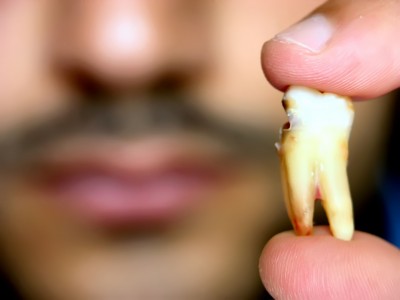Scientists Discover Earliest Examples Of Tooth Decay During Moroccan Digs

Scientists claim they have found examples of tooth decay dating back more than 13,000 years; researchers believe the findings are among the earliest examples of tooth decay found on the planet so far.
Researchers have been analysing samples found on land, which is now known as Morocco, which date back around 13,700 years; the remains have been discovered over a ten year period.
Dr Louise Humphrey, from the Natural History Museum, London, said that the remains display severe and widespread decay and many of the samples analysed showed evidence of abscesses, which had eventually caused the bone tissue to become weakened and subsequently, to perforate.
Researchers say that there is clear evidence to suggest that oral health took a turn for the worse after the agricultural revolution, when people started to consume more carbohydrates; however, these findings, which are from hunter-gatherers, show that the early diet was also problematic for oral health.
Scientists studied the remains, which were found at the Grotte des Pigeons in Taforalt in Morocco and dated back between 13,700 and 15,000 years. In total, 52 skulls were analysed and all but three showed signs of decay.
Join this Discussion









